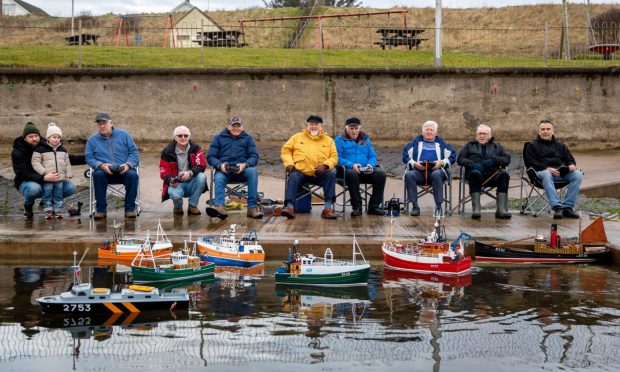The water sparkled under a silver-beamed sun and a large flock of herring and lesser black-backed gulls rested in a shallow glistening pool on the far bank of the Spey estuary.
Their breeding chores had largely been completed, but certainly not entirely so, because earlier in the day at nearby Buckie harbour, I watched a fully-grown young herring gull pester its mother for food.
Spey Bay is a wildlife haven, its large sweeping shingle banks home to a variety of specialist coastal flowers, and the broad sweeps of inter-tidal sand and mud providing refuge for waders, ducks and mute swans.
As I trod seaward along a large shingle embankment, clumps of sea aster with their frilled lilac petals, centred by a heart of gold, shone out.
In Elizabethan times many plants were taken from the wild into cultivation, and sea aster was one of them, although their showier American cousin, the Michaelmas daisy, eventually replaced them as the preferred gardeners’ choice.
Sea mayweed and sea campion also prospered on the Spey Bay shingle. Sea mayweed is a handsome flower, looking a bit like a large, blousy, daisy, and oozing with joy and charisma.
Sea campion, on the other hand, is more under-stated in demeanour – although on close examination, the actuality is a flower of intricate beauty.
I wandered to the mouth of the Spey estuary and looked out across the Moray Firth in the hope of spotting bottlenose dolphins, but the sea remained tantalisingly empty.
Black Isle visit
A couple of months previously, I had visited the Black Isle on the north side of the Firth, and when scrambling along the rocky shore at Eathie between Rosemarkie and Cromarty, had been lucky enough to watch a bottlenose working its way along the coast.
Eathie is a remarkable place, one of the few onshore areas of Scotland where Jurassic rocks are exposed and within their bounds lies a rich prehistoric treasure of past life.
Fossilised ammonites and shellfish are found here, but it is the fossil plants that have sparked most interest among researchers because of their excellent state of preservation, which has enabled their detailed study.
After sitting by the mouth of the Spey for a while, I headed back upstream where the dark, coppery river flowed in hypnotic fashion.
How many silver-flanked salmon were lying beneath the surface I wondered, and would the final leg of the journey to their upriver, gravelly spawning beds prove successful?
A woodpigeon clattered into a hawthorn by the path edge, carrying a twig in its beak. I looked closer at the top of the hawthorn, and could discern a nest, where its mate sat incubating eggs. Woodpigeons are one of our most prolific birds, and much of that success lies in their ability to have a long and extended nesting season.
The gulls at Spey Bay may have finished their breeding for the year, but for the woodpigeons, busy times still lay ahead in rearing young.
Info
Each spring, the Spey, swollen by the snow melt, carves new channels and islands at Spey Bay, and creates shallow backwaters, which abound with wildlife.












